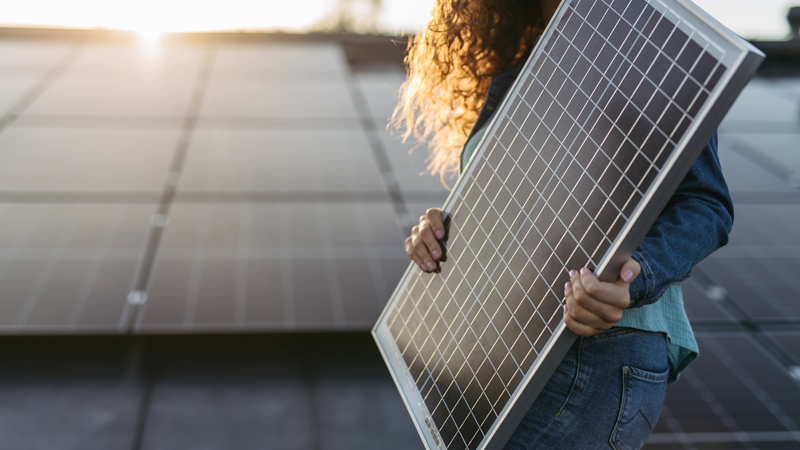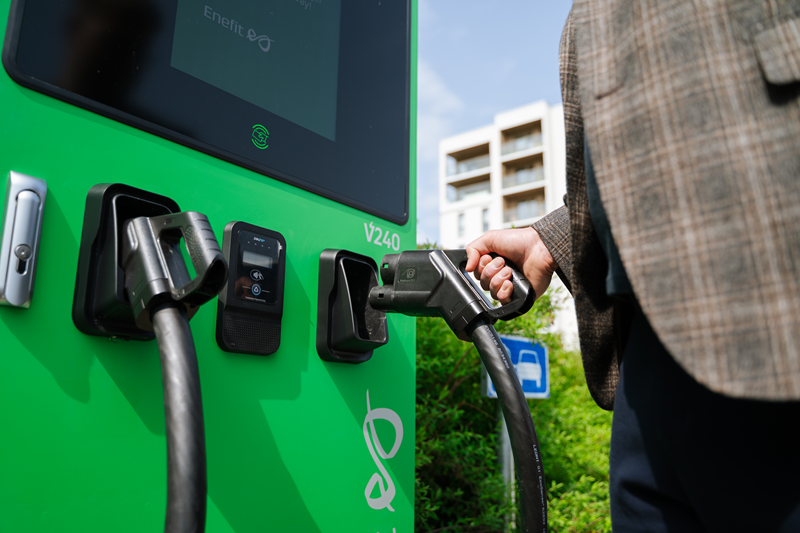Solar energy is becoming an increasingly important source of power, both in Estonia and globally. Enefit Green’s solar energy experts have compiled eight intriguing facts about solar panels and their energy production, shedding light on technological advancements as well as production specifics.
- Between March and September, solar parks generate over 90% of their annual output, with more than 50% of this produced between May and July. Winter production is highly dependent on snow conditions.
- Cleaning the panels of snow is not economically viable, as the increase in productivity does not justify the expense of cleaning them. Even if a small portion of the panel is exposed and starts generating power, it produces enough heat to melt the remaining snow.
- Bifacial solar panels, which generate electricity from both sides, are becoming increasingly popular. These panels can produce up to 30% more energy than single-sided panels. They perform exceptionally well on sunny winter days when sunlight reflects off snow. Bifacial panels are primarily installed on the ground but can also be mounted on flat roofs.
- If one panel is partially shaded, the energy output of the entire string of connected panels decreases.
- Frames on flat roofs are not fixed but held in place by weights.
- As of 2023, solar parks produced nearly 12% of all electricity in Estonia. Ten years ago, this percentage was close to zero (source: https://ember-climate.org/).
- Estonia ranks 6th among the 27 European Union member states in solar energy production per capita (W/Capita). The Netherlands holds the first position.
- The power output of the largest solar panels has now exceeded 700 W, with each panel measuring approximately 2.4 x 1.3 metres.



